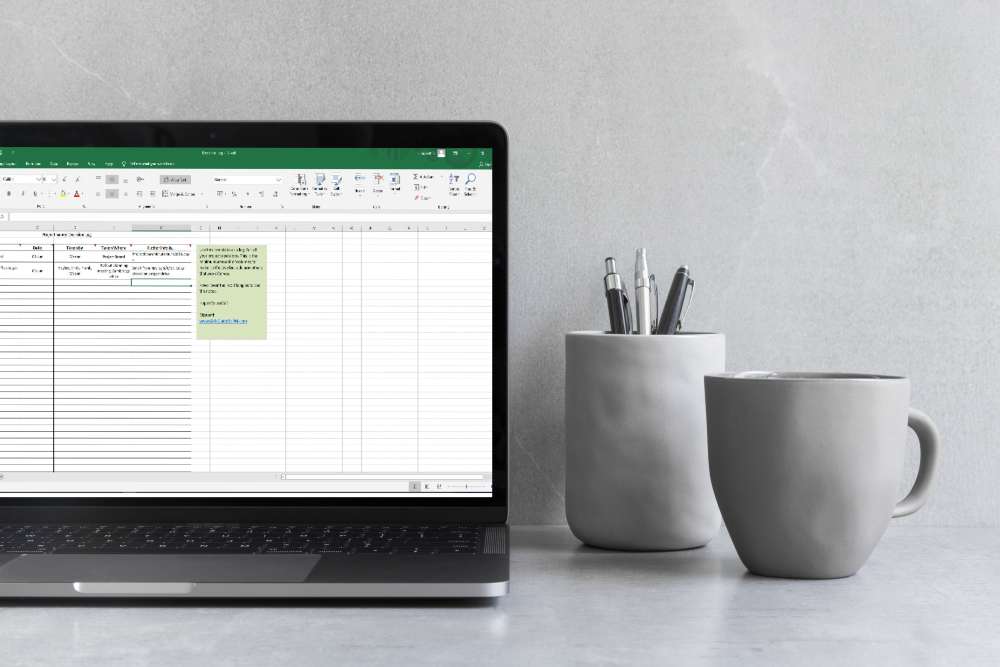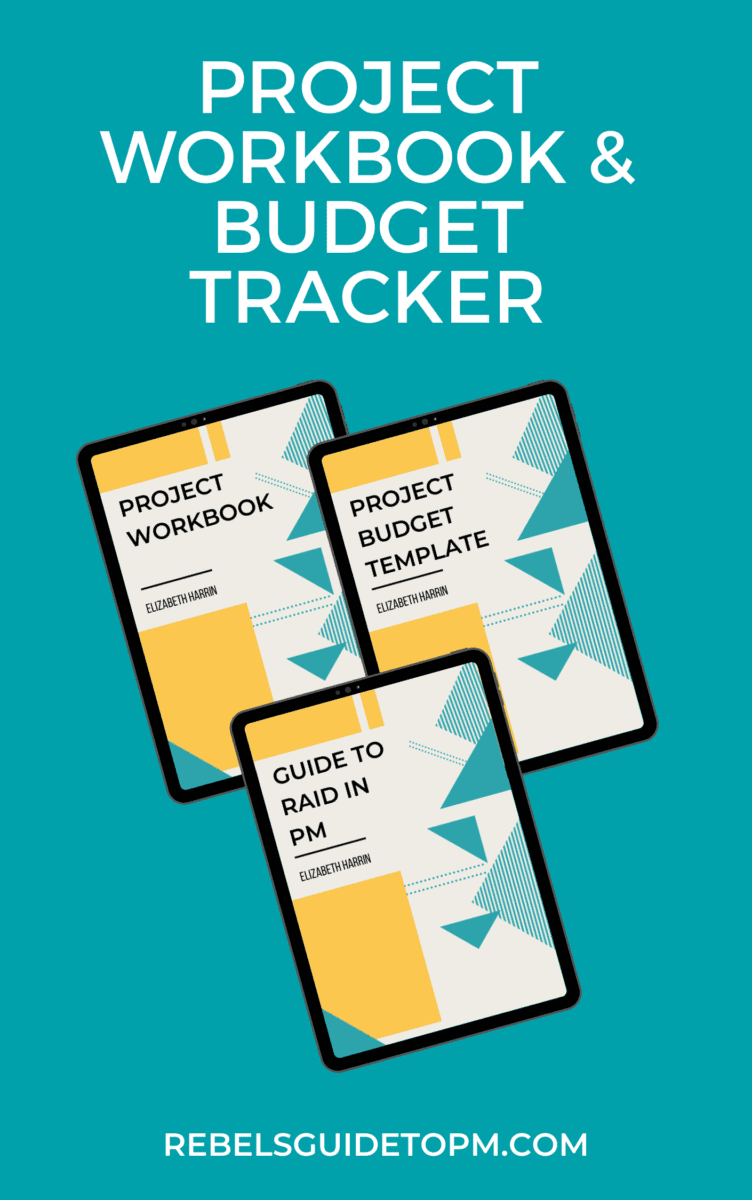How to Use a Project Decision Log
As a project manager with lots of years of experience, I can tell you that the decision log has saved me on several occasions!
Who can remember the key decisions made a few months ago? Sometimes you might recall what was decided by not why, or who made the call. The decision log is the single source of the truth that has all the info you need.
What is a decision log?
A decision log template in project management is the document you use to fill in all the decisions made relating to your project.
Decisions are taken in all kinds of settings: project team meetings, on email, when you bump into someone in the corridor… From experience I know that it’s a) hard to remember what decision you took, and b) difficult to find information hidden in meeting minutes to remind yourself of why that decision was taken.
It’s also human nature to think more about the things that stop you from making decisions than decisions you’ve actually made.
The decision log forms part of your project comms records. It keeps a trail of what conversations happened, so it’s partly follow up from comms activity and partly a specific comms record in its own right.
This document sorts out a whole lot of project communication problems, especially about critical decisions. Once you’ve started using it you won’t look back, promise!

What goes into a decision log?
Project decision-making doesn’t have to be complex, although sometimes you do end up having multiple discussions.
Whether you’re working with autocratic decision making, or incremental decision making, or some other technique, then record the outcome in the log.
A decision log should include information related to what decisions were made. Typically you’d want to record:
The date
Note down the decision was made. This is normally going to be the date of the meeting where the decision took place because most decisions get made in meetings.
The people who agreed to the decision
Write down the names of the people who were part of the decision-making team.
That’s going to be you, your project sponsor, and any other subject matter experts who participated in the agreement. This is helpful in case they “forget” later on that they were in the room and party to the discussion.
A note on framing: Framing is an aspect of decision making that is worth bearing in mind when you’re making the decision. Might be worth recording any constraints, context or extra information that shaped how the decision was made.
The actual decision
Yes, you should write down the decision that was made! This is the important bit.
A project decision log is to fill in only decisions made relevant to the project work, so if the conversation means you end up making a choice about something that isn’t technically project-related, then it should get recorded somewhere else.
Having said that, the decision template is yours to use. I wouldn’t use it for recording non-project decisions and project agreements in one file, but you can use it how you wish!
Supporting information
I also include a note about where I can find supporting decision documentation. For example, meeting minutes, or the transcript file of a meeting that covers why we took the decision that we did.
Your supporting information could be slides, a proposal document, a reference to the risk log or issue log, or change analysis, or anything else that backs up why you agreed on that particular thing at that particular time.
And, of course, you can include anything else that you like that helps you record and remember (and communicate to people who have forgotten), so add extra columns or notes as you see fit.
The one I use (which you can get here) is an Excel spreadsheet, so you can make changes to align it to the rest of your project documentation, or copy and paste the table to make a Word decision log template of your own if you prefer to have things in a .docx format.

How to use the decision log
When the decision-making process is complete, record the outcome in the log. I also give my decisions a reference number so we can refer to them more easily in the future.
The key thing about a log of decisions is not that you write in it… it’s that you call it up later when the decision is being questioned.
The usefulness of the template is felt when there is an issue or a challenge. Then you can call up the decision log and remind everyone why you’ve taken that course of action.
This is particularly helpful when you have stakeholders who aren’t good at remembering that they said something, or why they said something.
You can, of course, reverse a decision. Once it’s documented, you can still change your mind. However, let’s do that in a controlled and measured way, thinking about why the agreement was made in the first place and what you now need to do differently if the agreement is being changed.
Then you simply update the decision log — keep a note of the original decision, and record the new one along with the reasons why the project changed direction.

Minor decisions vs major decisions
What level of decision gets recorded? I would only record major decisions that affect the direction of the project.
A decision about what day you’re going to have a workshop isn’t substantive enough to get a mention in the log.
Record decisions like:
- Approval for budget and resources
- Changes to scope etc
- Strategic direction and solutions.
Download a decision log template in Excel
The decision log template is included in my project workbook, which is a comprehensive day-to-day set of tracking files for your project. It also includes an action log, risk log, issue log, change log, stakeholder contacts list, basic Gantt chart, and more.

Read next: How to make better decisions, as well as the process guide for better decision-making.
It would also be great for recording decisions for charity and community projects.
Whether you’re making decisions as a group or trying to remember decisions you took alone, this is a great decision-making tool.
Remember, templates are just that: add sections, delete sections – do what you want with it!
